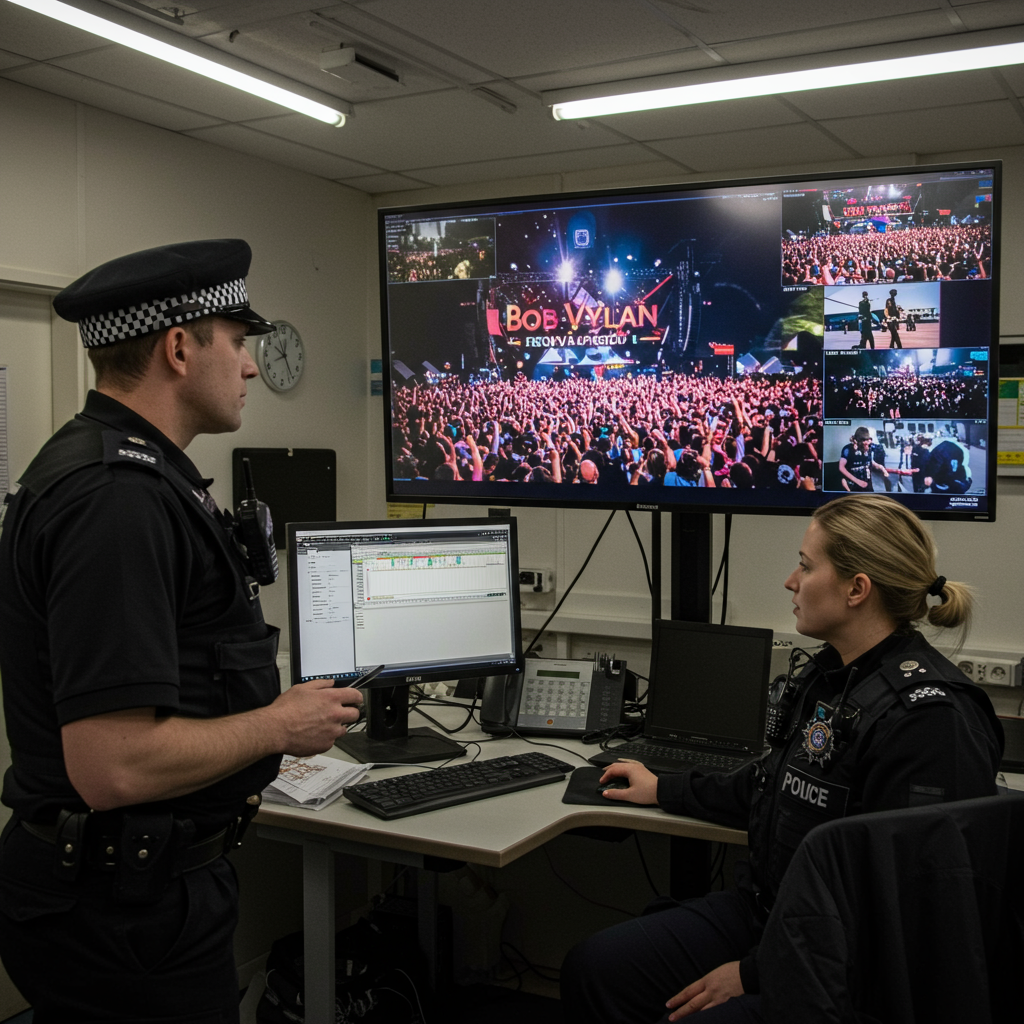Interior Minister Defends Police Amid Deadly Kenya Protests, Calls Unrest a ‘Coup Attempt’
Kenya’s Interior Minister, Kipchumba Murkomen, has ignited controversy by labelling recent anti-government demonstrations as “terrorism disguised as dissent” and an “unconstitutional attempt” to overthrow the government. His strong remarks come in the wake of protests that resulted in at least 10 deaths according to government figures, a toll that rights groups claim is significantly higher.
Speaking on the events of Wednesday, June 25th, Minister Murkomen vehemently defended the actions of security agencies, stating they acted with “remarkable restraint amid extreme provocation.” He credited the police for helping to “foil an attempted coup,” asserting that the chaos was not spontaneous but “deliberate,” “coordinated,” “funded,” and “politically instigated” with a plan to target symbols of state authority like State House and Parliament.
According to the minister, the violence led to more than 400 injuries, including approximately 300 police officers. He condemned participants as “criminal anarchists” responsible for violence, looting, sexual assault, and destruction. Murkomen detailed attacks on government installations and police stations, reporting nine police stations targeted, five of which were torched, and five firearms stolen. He also stated that dozens of vehicles, including 88 police vehicles, were destroyed. Investigations are reportedly underway to determine the exact number of casualties and circumstances.
Contrasting Accounts and Rights Group Concerns
However, accounts from human rights organizations sharply contradict the minister’s narrative. Amnesty International and the Kenya National Commission on Human Rights (KNCHR) have verified a higher death toll of 16 people, stating that all fatalities resulted from gunshot wounds. A joint statement by the Kenya Medical Association, Law Society of Kenya, and Police Reforms Working Group also reported at least eight deaths and over 400 injuries, but notably listed only three police officers injured.
Rights groups, including the Law Society of Kenya, have strongly condemned the police response, citing “unnecessary aggression and brute force” by security officers that led to what they describe as “senseless loss of life.” Critics demand accountability for the use of lethal force.
Voices of the Victims
The human cost of the protests is tragically illustrated by the stories of young lives lost. Nineteen-year-old David Mwangi, from Nairobi’s Mukuru informal settlement, was shot dead by a bullet to the head. His mother recounted that he was a bystander on his way to pick up his younger brother from tuition, describing David as her “first-born and… helper” with aspirations to become a mechanic.
Seventeen-year-old student Dennis Njuguna was fatally shot in Molo, northwest of Nairobi, shortly after finishing school. His mother expressed her pain and uncertainty about the circumstances, only knowing he was shot and died on the spot, emphasizing his youth and shattered dreams.
Context: Anniversary of Previous Protests and Broader Grievances
The demonstrations on June 25, 2025, marked the first anniversary of a wave of deadly anti-government protests in 2024, triggered by controversial tax hikes. Those earlier protests also saw significant violence and human rights abuse allegations, with rights groups reporting police killing at least 60 people and demonstrators storming parts of the parliament building.
This year, thousands took to the streets across Kenya, including Nairobi, Mombasa, and Kisii, to voice anger at President William Ruto’s government. Beyond commemorating the 2024 events, protesters demanded an end to police brutality, government corruption, and relief from economic hardship, chanting “Ruto must go.” A recent catalyst for public outrage was the death of 31-year-old blogger Albert Ojwang in police custody earlier in June, which has spurred calls for accountability within the police service.
The government also attempted to impose a ban on live TV and radio coverage of the protests, although this decree was later overturned by the Nairobi High Court.
While calm returned to Nairobi the day after the protests, revealing extensive damage, President Ruto has since assented to a new Finance Bill, retaining controversial clauses despite the public outcry over taxation. The events have reignited fears of escalating political instability and placed immense pressure on the government to address grievances and ensure accountability for the violence.



